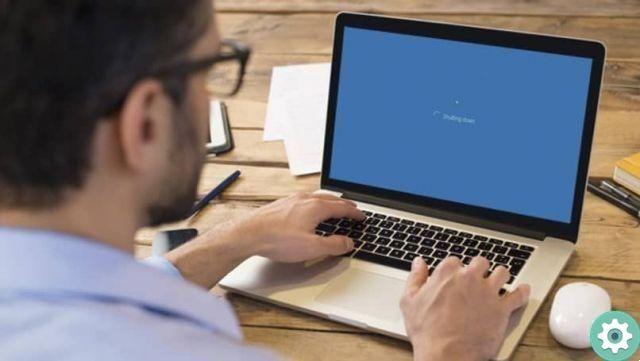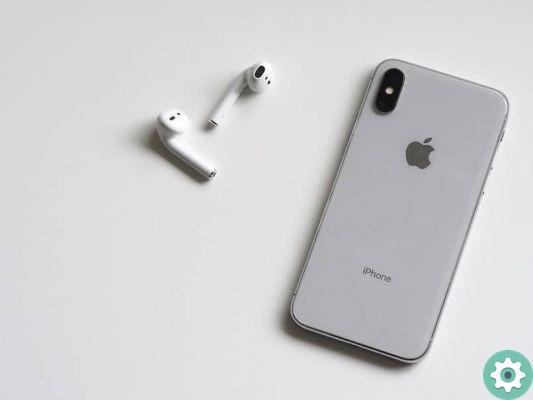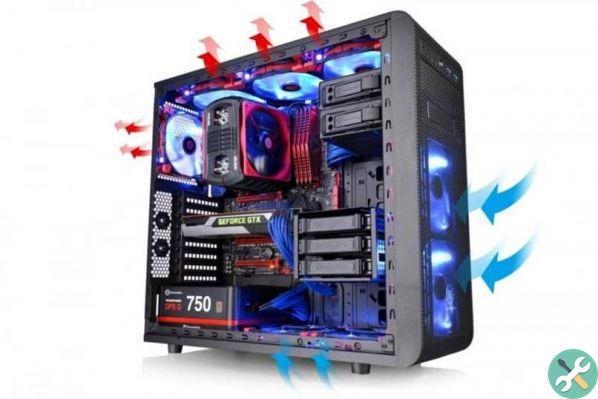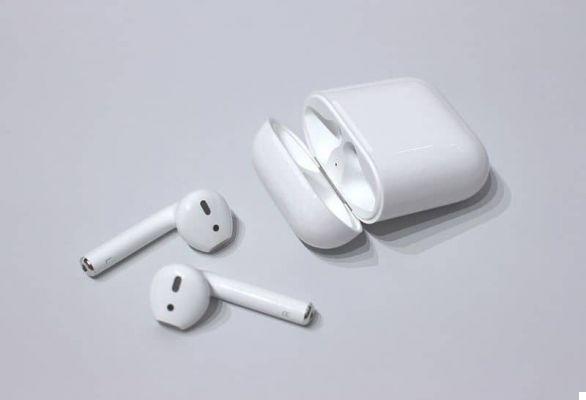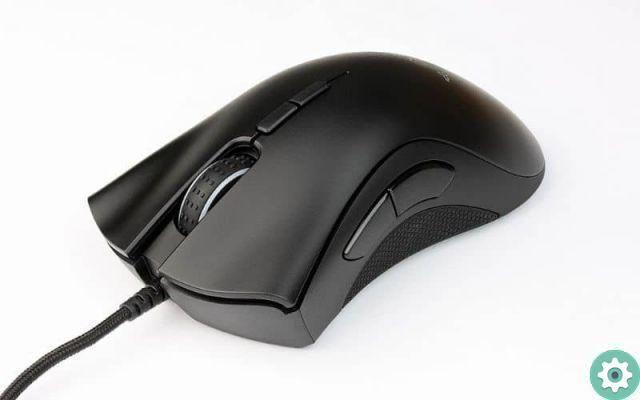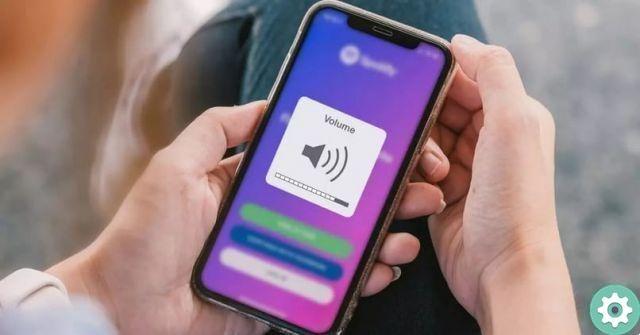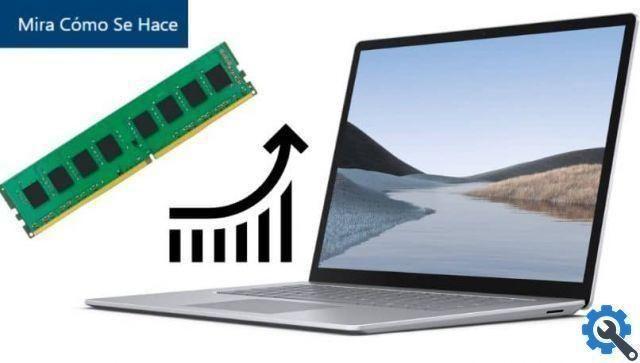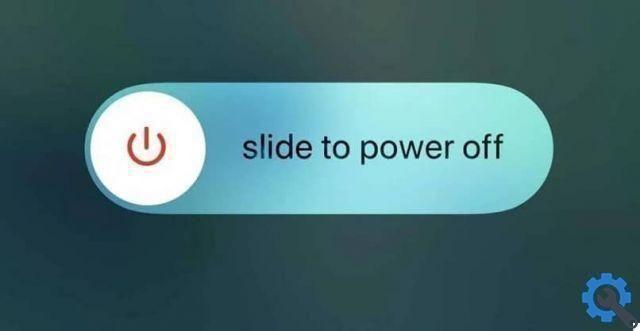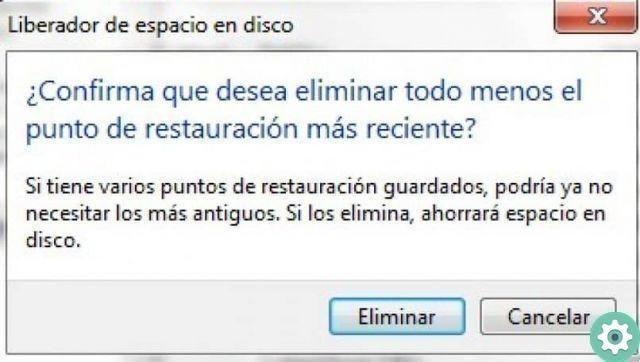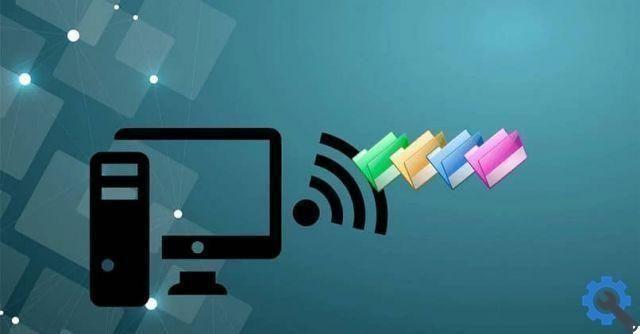The world of video games is increasingly fascinating and demanding on a technical level, which can often cause display problems. One of them is called Screen Tearing, or simply tearing. But what is screen tearing and how can we avoid it on a PC?
What is ripping on a screen?
The tear has been defined "tore up" and, in the case of a screen, it denotes a graphic subdivision of the displayed image. A division in the vertical image sequence that is noticeable by the presence of horizontal lines when we move the mouse.
This phenomenon causes the image on the screen to appear uniform, as if they were different sections of the same view. The cause is due to a glitch caused in the output from the video card. When the video card's GPU is not activated it is unable to deliver the images it sends to the screen at the required speed.
In other words, it is one lack of synchronization between the information sent by the graphics card and what you see on the monitor. Normally, tearing causes the screen to be split so that parts of different game frames can be seen at the same time.

Out of sync occurs when the amount of Hz required by the monitor is not satisfied by the video card. In other words, the frame rate per second (FPS) required by the monitor is higher than what the video card can generate.
Therefore, to compensate for the speed, the video card skip some frames or play them halfway to go to the next frame.
How can we avoid this on PC?
There are some alternatives to try to avoid the tearing that occurs when watching streaming plays. As in the case where the required frame rate from the monitor is higher than what the GPU is capable of delivering, this could be adjusted. It is important to know what your PC's GPU is for and how it works to avoid forcing it when installing a program that requires a lot of this processor.
What adjustments can you make?
Some things we can do is use the technology available for make some changes, such as the following:
- Game Resolution: in so that the graphics card does not work overloaded, we can decrease the resolution of the games or the graphics load. This will allow the monitor to synchronize with the GPU video card, eliminating the tearing. Or change the graphics card to a new one, so there is no overload.
- Hardware acceleration mode: in some cases, enabling this feature can help reduce tearing. You can change its settings, for example if you use Chrome, in the section: Settings> Advanced settings> System. There it will show you the option: use hardware acceleration when available; sliding the button to the right activates this setting
- Vertical synchronization: If the game gives you this option, turning on Vertical Sync (VSYNC) will help reduce the jerk.
- Triple Buffering: this feature helps reduce tearing by creating a sort of cache that prevents a frame from appearing before the previous one has been fully exposed.
With these settings you might alleviate the tearing that may occasionally appear on the screen. Major companies dedicated to the design and manufacture of video cards, such as AMD and Nvidia, are committed to developing the required technology.
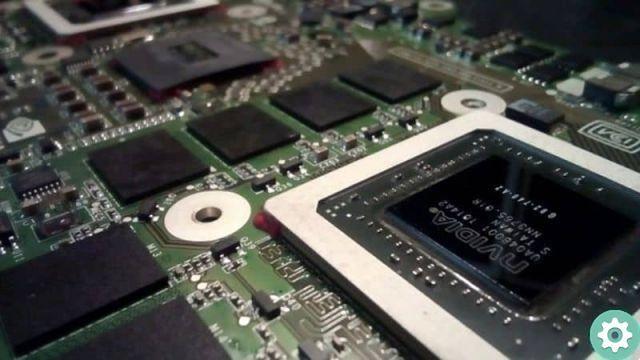
Nvidia has designed a generation of monitors with G-Sync technology and AMD for its part a line called FreeSync. This technology is capable of automatically synchronizing the FPS generated by the video card. So we recommend that you upgrade your graphics card from Intel or Nvidia or whatever your computer is using.
This technology, in addition to correcting the tear, also eliminates another problem of sudden drops in FPS, known as Stuttering. We hope this article has been your solution as far as ripping is concerned.





